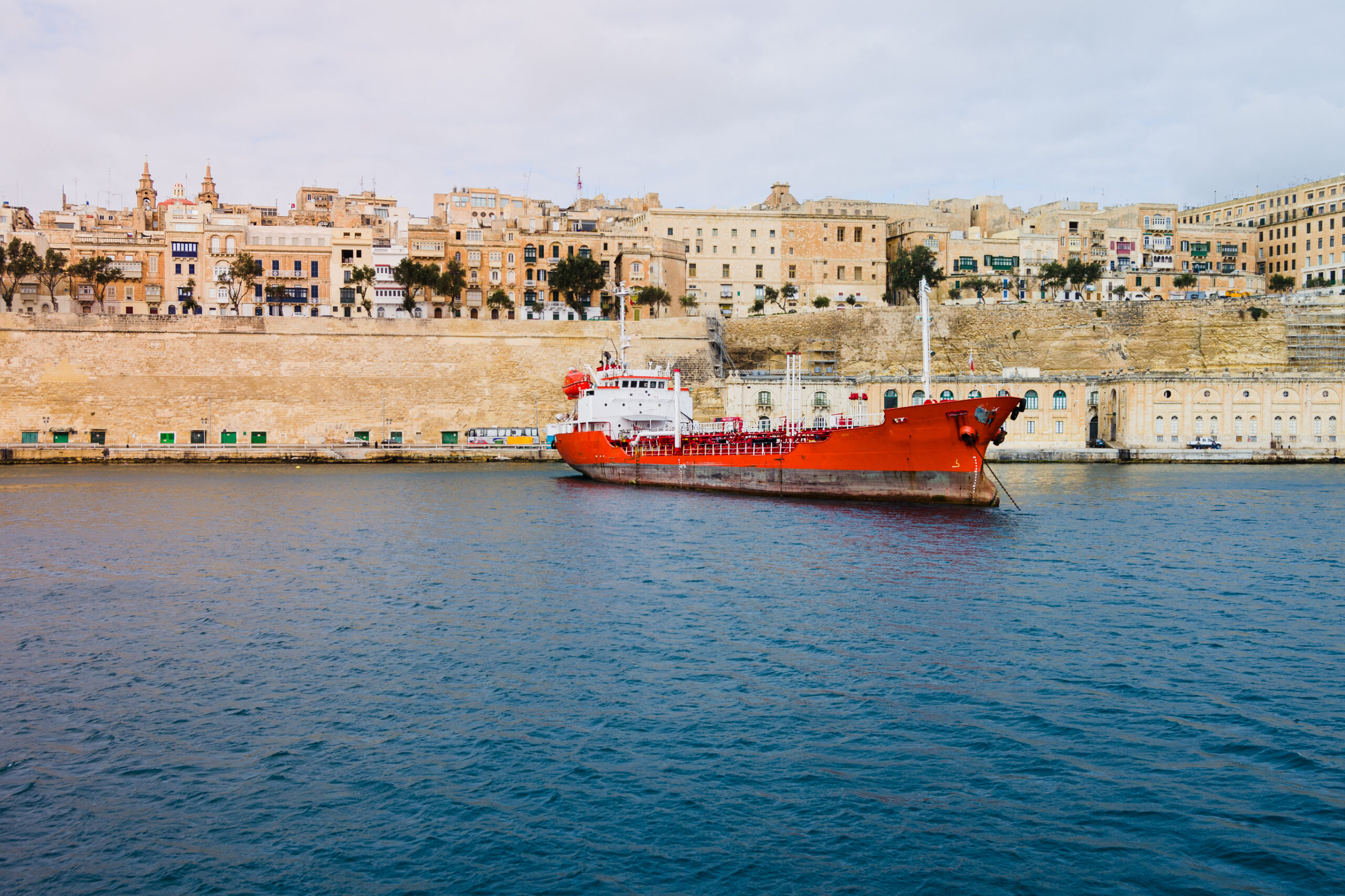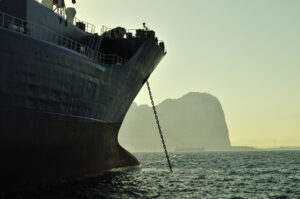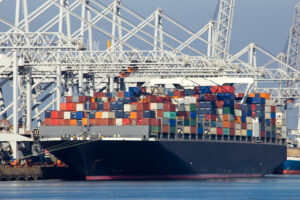Change is the only constant in the Mediterranean Sea, according to broker Poten & Partners. In its weekly opinion, Poten & Partners, tried to look at the aframax trade in the Med in order to determine where the market is heading.
The New York-based advisory, shipping & commodity brokerage said owners should “expect the unexpected” when faced with a series of questions to which as yet there is no answer.
“Too many variables to make a prediction, other than that the market will likely remain volatile,” Poten says.
The Med has been a crucial body of water for crude oil and product tankers, with significant geopolitical importance. Given the restrictions in many of the ports in the region, the Mediterranean has always been more important for aframaxes and suezmaxes than for VLCCs.
About two thirds of the crude oil that is transported within the Med is carried on Aframaxes and a quarter on Suezmaxes.
There is always a lot going on in the Med and this is reflected in the tanker market.
Freight rates are extremely volatile and Poten says that it is impossible to predict what can we expect in this market going forward.
Too many variables to make a prediction, other than that the market will likely remain volatile. “Expect the unexpected,” the broker highlights.
Over the period 2018 – 2024 the market saw numerous peaks and troughs caused by a variety of events, most of them highly unpredictable.
By mid-September 2023, Aframax rates in the Med were down to $10,000/day. Then Hamas attacked Israel, triggering a war in the Middle East. Rates spiked again and have remained high, but volatile, ever since.
The countries around or connected to the Med include large oil consumers, such as France, Spain, Italy and Turkey as well as major oil producers, including OPEC members Algeria and Libya. Turkey is also a major transport hub for crude oil from Azerbaijan and Iraq via its Mediterranean terminal at Ceyhan.
At the same time, it facilitates exports from Russia and Kazakhstan as oil is transported from the Black Sea through Turkish Straits into the Mediterranean.
On top of that there are also barrels moving into the area from other sources, mostly from the United States, and movements of oil from the Med to other regions (primarily Northwest Europe as well as the United States).
About two thirds of the crude oil that is transported within the Med is carried on aframaxes and a quarter on suezmaxes.



